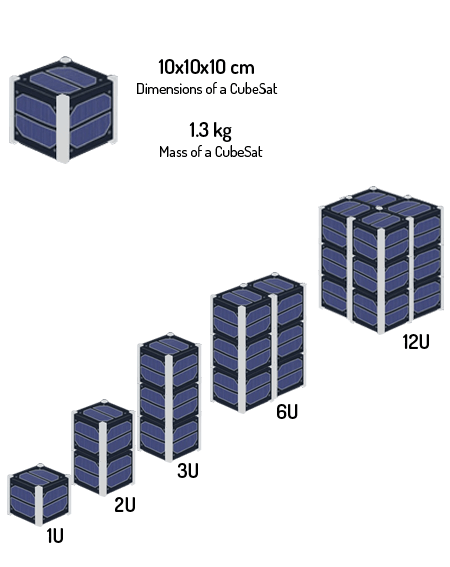Образовательная программа по наноспутникам для девушек UniSat(UNEPG)
As the world’s first woman cosmonaut Valentina Tereshkova said, in an 2015 interview with Pallab Ghosh, BBC science correspondent, “On Earth, men and women are taking the same risks. Why shouldn't we be taking the same risks in space?”, one cannot underestimate the strength and the courage of women, especially on this day, when Valentina Tereshkova remains the only woman in the world who visited space alone, neither with assistants nor with companions.
The first American woman in space was Sally Ryde. Sally Ryde set several records at once. She was the first American to visit space. And the youngest astronaut in the United States: during the flight she was 32 years old.
Lynn Sherr's biography of Sally Ride, the first American woman in space, noted: «If we want scientists and engineers in the future, we should be cultivating the girls as much as the boys». In 2001, Sally Ryde established “Sally Ride Science” to support girls and young women who would like to pursue science, math, and technology. The company developed special scientific programs for children, and Ryde herself wrote scientific and journalistic books, where she talked about how interesting it is to learn the world of science and technology.

Первая женщина-космонавт
Валентина Терешкова
Today, UNICEF is focusing more on youth gender policy and periodically providing special funding to support STEM education for girls. The UniSat project is the first joint project of the Science and Technology Park and the UNICEF organization, whose goal is to develop an educational course on nanosatellites. Nanosatellites are a class of small spacecraft whose weight does not exceed than 10 kg. Today, nanosatellites are being developed at many of the world's leading universities and commercial organizations.
As a result, the number of launches of nanosatellites is growing exponentially, while in 2010 there are only 19 nanosatellites were launched, however, by 2020 the number of announcements of nanosatellite launches increased to 449. The global commercial market for nanosatellites in 2019 reached $ 1.8 billion, and it is expected that by 2026 the market for nano- and microsatellites will reach more than $ 6.2 billion.
Several significant features of nanosatellite technology, attracted more and more global interest, firstly, nanosatellites are small in size and weight, secondly, the developing and launching of is much cheaper than larger satellites, last but not least, the life cycle for developing and producing nanosatellites usually takes only 1-2 years, while the larger ones can take up to 10 years.

Первая женщина-астронавт
Салли Райд
With the UniSat project, 20 girls from different regions of Kazakhstan will take free courses to develop a nanosatellite. The course will cover important stages of any spacecraft's development , such as planning, designing, programming, assembling, testing, and launching. More detailed course material and resources will be available on the projects site. All major lessons will be held with the direct participation of girls, who will develop 2 UniSat nanosatellites to launch into the strotosphera by the end of the project.
The UniSat project aims not only to develop hard skills but also soft skills among the development of nano-satellites such as team work, communication, project management, time management, creativity etc.
We belive that, UNEPG, the joint project of UNICEF and Al-Farabi STP, will be next important step in Kazakhstan’s STEM education development for girls, and will become an great example for transformation of our experiences to other countries.

